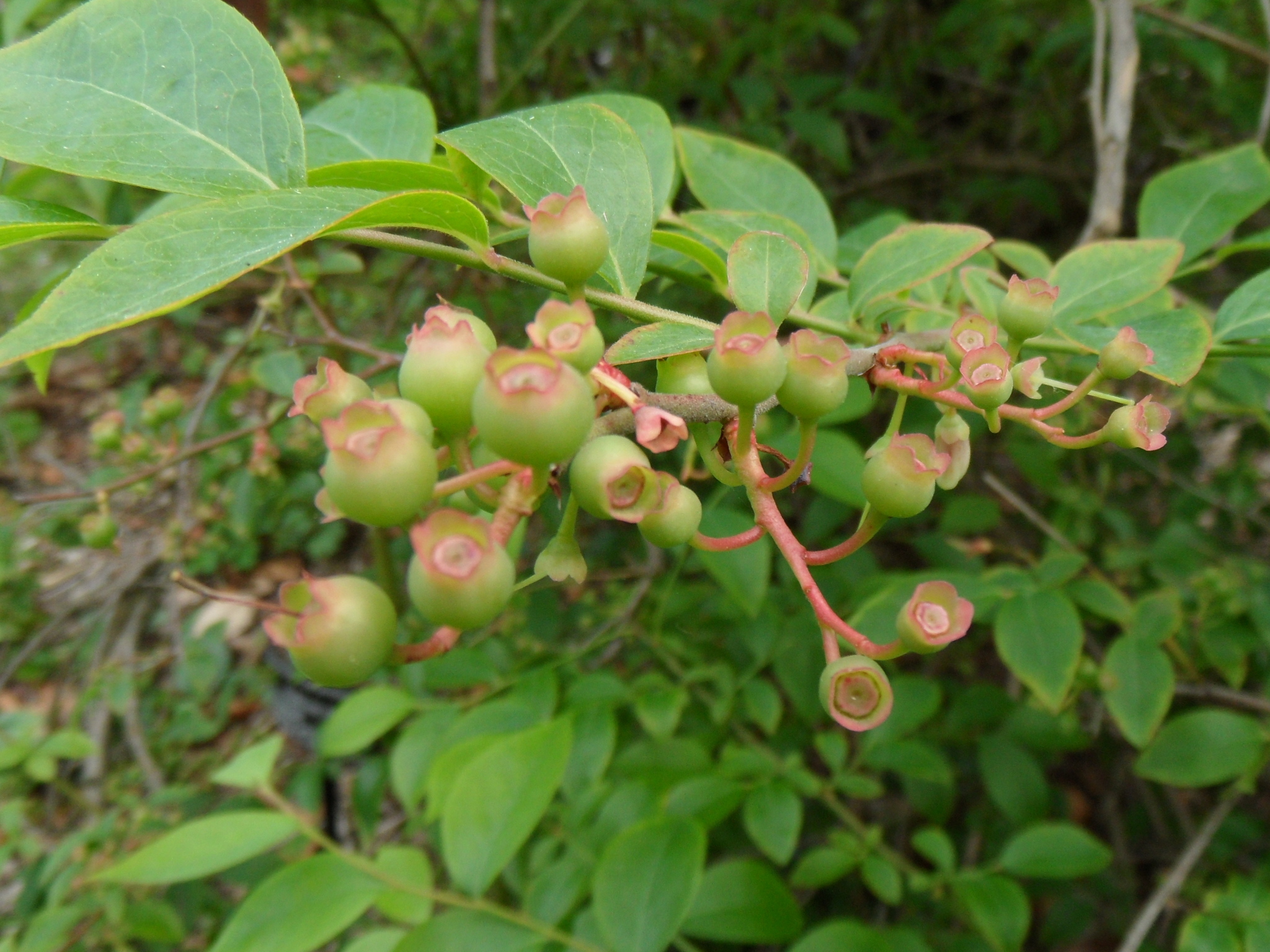
Ancient Latin name.
Shrubs and trees, sometimes with a stoloniferous rootstock. Leaves alternate. Flowers either in clusters or solitary. Sepals 4-5 fused together. Petals 4-5 fused to form a cylindrical or urn-shaped tube, mostly white. Stamens 8 or 10, elongated and opening by holes, sometimes with an awn. Ovary with 4-5 chambers. Fruit a berry.
The genus is relatively rare in cultivation. A key to some of the few species cultivated is given below; only the blueberry, V. corymbosum is described.
Vaccinium angustifolium, V. corymbosum, V. ashei and V. myrtilloides are a commercial source of blueberries in Canada and the USA; the major source is V. corymbosum which has a range of cultivars. The two major species marketed as cranberries are V. macrocarpon in America and V. vitis-idaea in Europe.
Division, layering or cuttings.
About 450 species of the northern hemisphere with centres of distribution in N America and Malesia.
Source: (1997). Rhododendron. In: . Horticultural Flora of South-eastern Australia. Volume 2. Flowering plants. Dicotyledons. Part 1. The identification of garden and cultivated plants. University of New South Wales Press.
